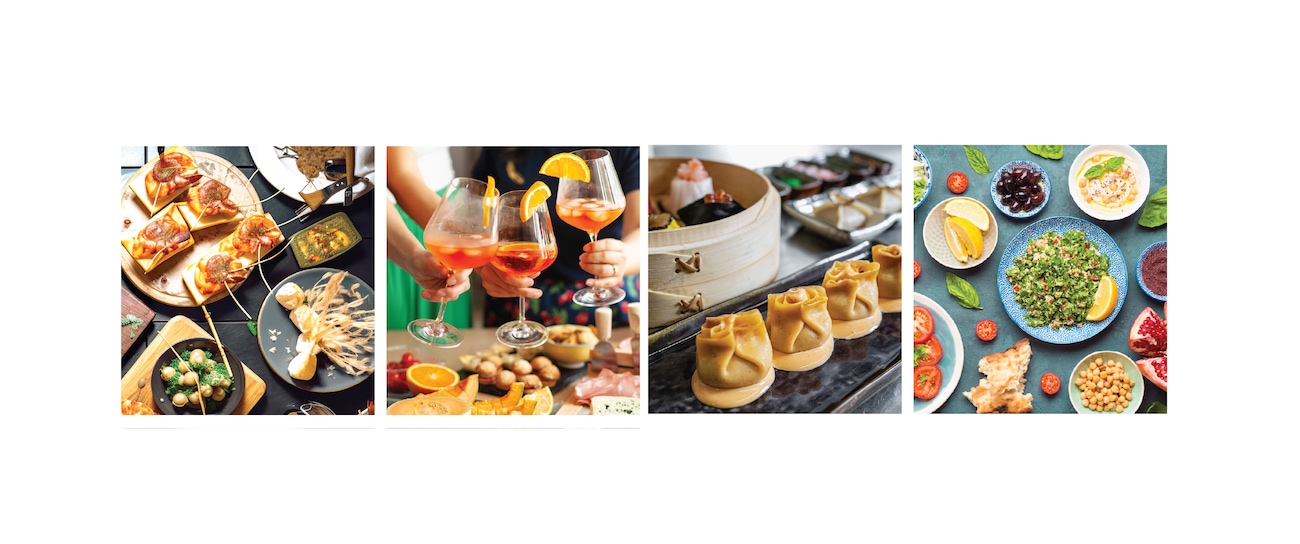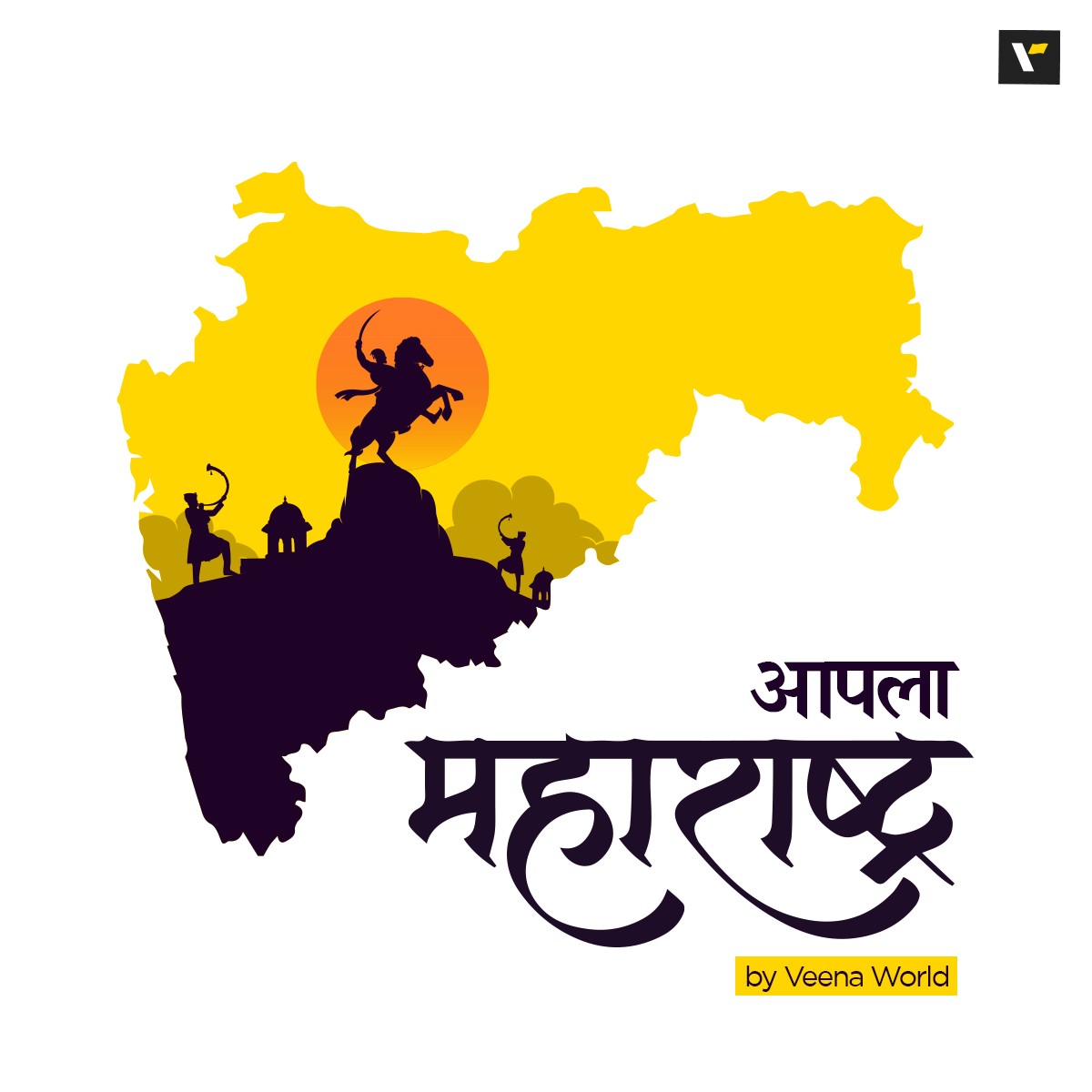Published in the Sunday Indian Express Magazine - Eye on 29 June 2025
I know, I know - last week we were already in Spain. But hear me out.
This isn’t a repetition of my travels through Madrid, Barcelona, and Ibiza. Instead, today’s piece is about something far more flavourful. Something that isn’t just unique to Spain but, in many ways, defines it. It’s small in size but big in meaning. And it goes by a name most of us know, even if we haven’t experienced it the way the locals do: Tapas.
So stick around, because halfway through, we are going to leave Spain behind for a bit and explore how the whole world has its own version of this delicious tradition. Shall we dig in?
The Origin
Like many great traditions, the origin of tapas is a mix of necessity, creativity, and a bit of royal storytelling.
One of the most popular legends takes us back to 13th-century Spain, when King Alfonso X, known as ‘Alfonso the Wise’, fell ill and was prescribed small portions of food with wine throughout the day to aid his recovery. Once he recovered, he issued a decree that no wine should be served in any inn across his kingdom unless it came with a small bite to eat. A genius move, really: protect the drinker from getting too drunk on an empty stomach and promote better hospitality.
Then there’s the equally famous story of King Alfonso XIII (a few centuries later), who was visiting a tavern in Andalusia, a sun-drenched region in southern Spain known for its flamenco, Moorish architecture, and warm hospitality. The king ordered a glass of wine, and the bartender, wanting to protect the drink from the dusty breeze (and pesky flies), covered it with a slice of ham. The king was amused and delighted at the same time. He finished the wine and the ham, and asked for another ‘tapa’ (which literally means ‘cover’ in Spanish). The tradition stuck.
But it wasn’t just royalty. In old Spanish taverns, bartenders began placing salty snacks like olives, cheese, or anchovies on top of drinks to encourage patrons to keep drinking. Over time, these snacks became more elaborate and more delicious. From bar counters to home kitchens, the tapa evolved into a canvas for creativity.
And then something beautiful happened. What started as a practical fix became a cultural ritual. Especially in regions like Andalusia, Catalonia, and the Basque Country (each with distinct histories and identities), tapas became more than just food. They became a way of life.
To pause for a second, if you are wondering what these regions are: Andalusia is the southern part of Spain, historically influenced by Moorish rule. Think of cities like Seville, Granada, and Córdoba. Catalonia, where Barcelona is located, is in the northeast and has its own language (Catalan), proud identity, and distinct food traditions. The Basque Country, up north near the French border, is known for its bold cuisine and bite-sized tapas called pintxos (usually served on skewers or small pieces of bread).
The Social Side
In Spain, tapas culture is about how you eat, when you eat, and most importantly, with whom you eat. And no tradition captures that better than tapas.
Let’s start with timing. The Spanish day is structured very differently from what many of us are used to. Lunch often happens around 2:00 or 3:00 PM, and dinner? That’s typically at 9:00 PM or even later. So what fills the gap? Tapas.
Tapas offer the perfect excuse to step out around 6:00 or 7:00 PM, gather with friends or family, and start the evening slowly. You might begin at one bar with a glass of vermouth and a plate of patatas bravas, then move on to another spot for some gambas al ajillo (garlic prawns), followed by another for a glass of wine and a plate of jamón ibérico ham. No rush, no formality.
This act of tapeo (hopping from bar to bar enjoying small bites) is a beloved Spanish pastime. It’s common to see groups of friends standing shoulder to shoulder at the bar, sharing a few tapas before heading off for the rest of the evening. Families with kids, couples on a date, colleagues unwinding after work, it’s a cross-generational custom.
Even the setting reflects this informality. Many tapas bars don’t even have extensive seating. You order at the bar, maybe perch on a stool or stand at a tall table. The mood is light, the energy is warm, and the emphasis is always on togetherness.
What to order?
One of the most delightful things about tapas is the sheer variety. Let’s start with Patatas Bravas, one of the most iconic and beloved tapas dishes. At its heart, it’s simple: crispy fried potatoes topped with a spicy tomato sauce or garlicky aioli. But the twist? Walk into a tapas bar in Madrid, and you will get one version; head to Valencia or Barcelona, and the sauce and spices will be slightly different. Each city adds its signature touch.
In the north of Spain, particularly in the Basque Country, tapas go by another name: pintxos (or pinchos). These are typically small bites served on a slice of bread, held together with a toothpick. In cities like San Sebastián, pintxos culture is practically a religion. Locals hop from bar to bar, pointing at the delicacies laid out on the counter, anchovies with pickled peppers, shrimp drizzled with balsamic, croquettes with squid ink. The toothpicks aren’t just functional; they are how you are charged by counting the sticks at the end of your meal.
Then there’s Andalusia, the region in the south, where tapas first took shape. Here, the tradition of serving a small dish gratis with a drink still lives on in places like Granada and Seville. The dishes are hearty. Think chorizo in red wine, fried eggplant with honey, and slow-cooked meats that reflect the warmth of southern Spain.
So what should you absolutely try on your next tapas trail? Here’s my short list to start with: Tortilla Española: A thick, satisfying Spanish omelette with potatoes. Gambas al Ajillo: Prawns sizzling in garlic-infused olive oil. Pimientos de Padrón: Small green peppers, mild and smoky, but every now and then, one packs a punch! Jamón Ibérico: Cured Iberian ham, best enjoyed thinly sliced and slowly savoured. Boquerones en Vinagre: Anchovies marinated in vinegar, a surprisingly fresh bite.
Global Cousins of Tapas
As I explored tapas culture in Spain, I couldn’t help but draw parallels to other traditions across the globe. It’s fascinating how so many cultures have their own version of the ‘small plate’.
In China, there’s dim sum. Served in bamboo steamers, it’s a culinary symphony of dumplings, buns, and rolls, each bite a different flavour, texture, and sometimes even surprise.
Over in Japan, there’s the izakaya experience. Informal pubs where you order small plates of skewered meats (yakitori), edamame, fried tofu, and sashimi to pair with beer or sake.
In the Middle East and Mediterranean, you will find mezze: a collection of dips, salads, cheeses, olives, and grilled meats meant to be shared. Whether it’s hummus and baba ghanoush in Lebanon, tzatziki and dolmas in Greece, or labneh and muhammara in Turkey, mezze is about gathering people, letting dishes arrive slowly, and enjoying every bite between stories.
Italy’s aperitivo hour shares a similar DNA too. As the sun sets, friends gather over spritzes and small plates of cheese, olives, bruschetta, cured meats, meant not to fill you up, but to keep you lingering longer.
Even for us in India, we have long had our own versions of this. Think of a street chaat or the variety of starters on a thali, or even how we ‘nibble’ our way through a mix of pakoras, vadas, and chutneys at family gatherings.
Across continents and cuisines, the idea remains the same: food as a connector. Small plates, big moments.
Why is the small plate trend booming globally? In one word: connection. In a world where meals are often rushed or eaten alone, small plates offer a refreshing change. They invite us to slow down, share, and truly connect. There’s something beautifully communal about a table filled with dishes meant to be passed around.
Conversations flow more easily, laughter becomes the background music, and every bite sparks discovery. There’s no pressure to stick to just one dish (and honestly, isn’t it the worst when you are at a formal work dinner and can’t share food?). With small plates, you get to taste, explore, and savour the entire experience together. It’s food as it was always meant to be: social, interactive, and joyfully unstructured.
Then there’s the Instagram factor. Let’s be honest, a colourful spread of 6–7 beautifully plated small dishes has far more visual appeal than a single large plate. Tapas and their global cousins are made for social media: vibrant, diverse, full of stories. From patatas bravas drizzled in spicy aioli to jewel-toned beetroot hummus on a rustic wooden table, these plates don’t just feed the stomach, they feed the feed.
Beyond aesthetics, small plates have redefined how we think about dining out. Tapa-style menus are now popping up everywhere, from Michelin-starred restaurants in New York and Tokyo to boho cafés in Melbourne and Cape Town. Chefs love them because they allow for creativity and seasonality. Diners love them because they can try more without the commitment of a big main.
In fact, shared plates are also helping break down the traditional formality of dining. There’s no need for courses, no pressure to order ‘correctly.’ Instead, the table becomes the menu, and conversation becomes the centrepiece.
In a way, the rise of small plates is a return to something very human. Gathering. Sharing. Celebrating together, one bite at a time. Until next time, keep discovering, keep sharing, and as always keep Celebrating Life.











































Post your Comment
Please let us know your thoughts on this story by leaving a comment.